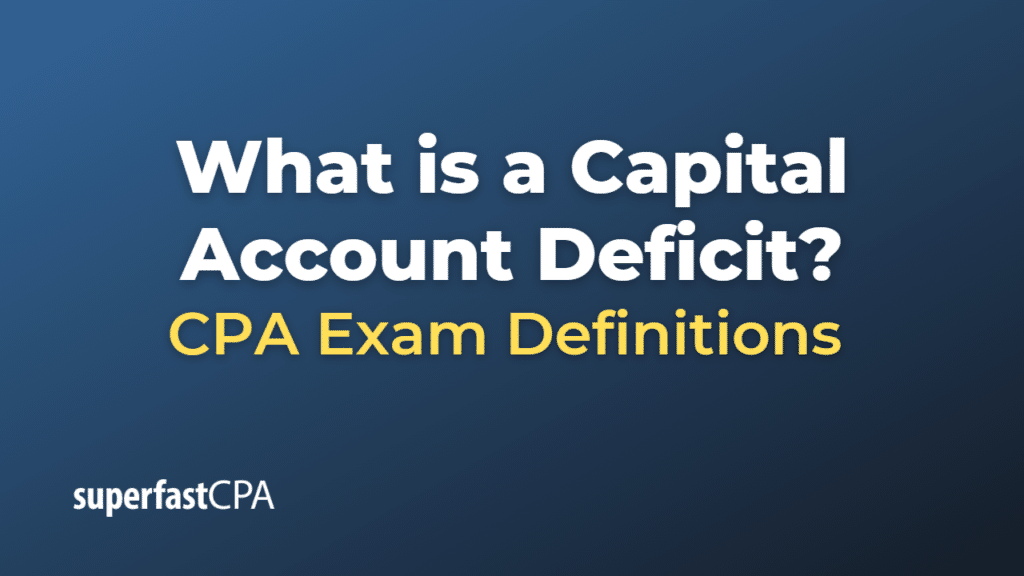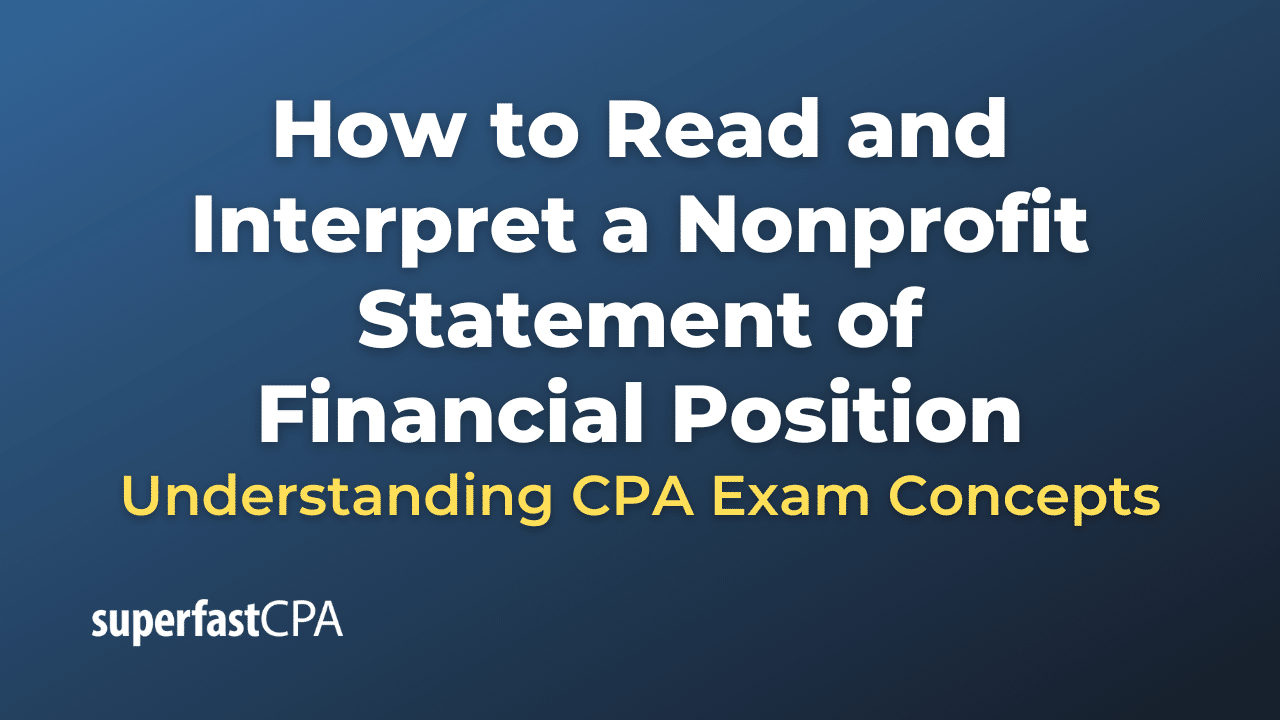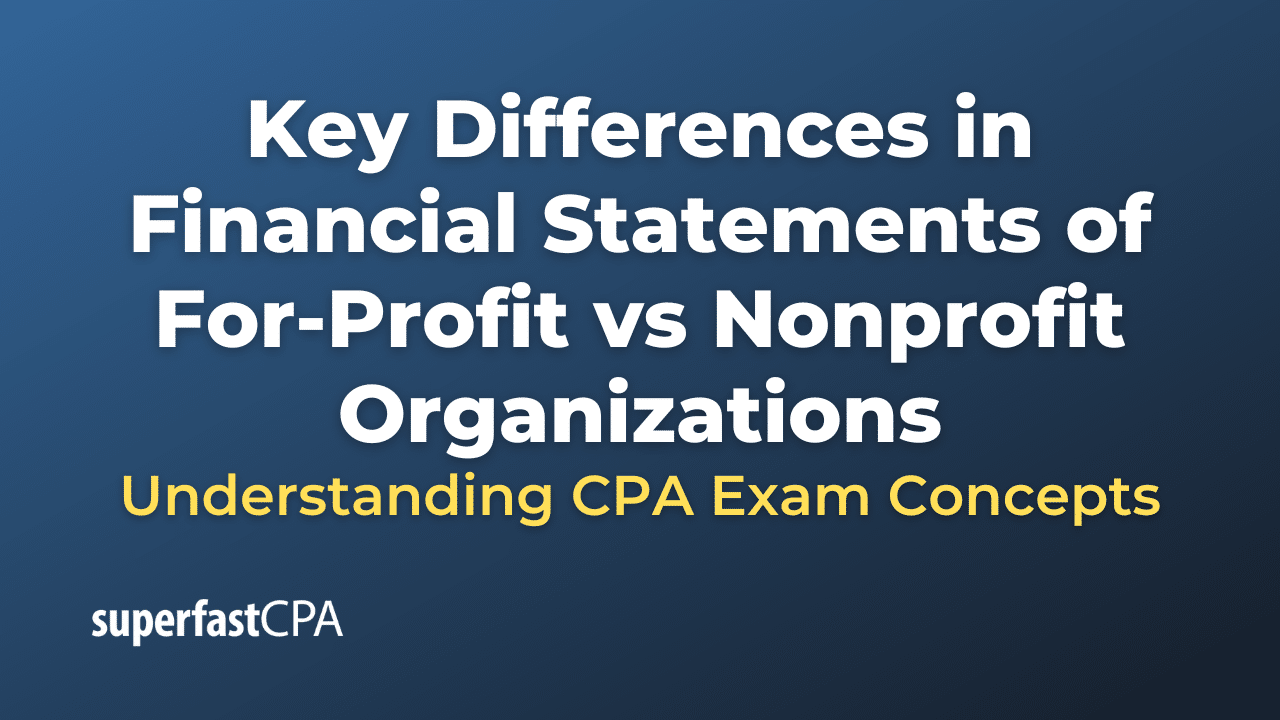Capital Account Deficit
A capital account deficit occurs in the context of international economics when a country experiences a net outflow of capital in its capital account within the balance of payments. The capital account records transactions involving the transfer of ownership of assets between residents of the country and non-residents, such as foreign direct investment (FDI), portfolio investment, and changes in reserve assets.
A capital account deficit signifies that the country’s residents are investing more in foreign assets than non-residents are investing in domestic assets. In other words, the country is exporting capital to other countries. This situation can arise for various reasons, such as perceived better investment opportunities abroad, domestic economic instability, or political risks that prompt residents to invest their capital elsewhere.
It’s essential to note that a capital account deficit does not necessarily imply a negative economic outcome, as it depends on the context and underlying reasons for the capital outflows. A capital account deficit can be offset by surpluses in other components of the balance of payments, such as the current account, which measures trade in goods and services, income, and unilateral transfers.
Policymakers and economists monitor the capital account balance to understand the flow of capital across borders, the impact of international investment on the domestic economy, and the overall health of the country’s balance of payments. They may implement policies to address persistent capital account deficits if they believe it could harm the country’s economic prospects or financial stability.
Example of a Capital Account Deficit
Let’s consider a hypothetical example of a country, “Techland,” that experiences a capital account deficit in its balance of payments.
Suppose Techland has the following capital account transactions in a given year:
- Foreign direct investment (FDI) inflows: $1.5 billion
- Foreign direct investment (FDI) outflows: $2 billion
- Portfolio investment inflows: $800 million
- Portfolio investment outflows: $1.2 billion
- Change in reserve assets: $100 million (an increase in reserve assets)
To calculate Techland’s capital account balance, we sum up the inflows and outflows:
Capital account balance = (FDI inflows – FDI outflows) + (Portfolio investment inflows – Portfolio investment outflows) + Change in reserve assets
Capital account balance = ($1.5 billion – $2 billion) + ($800 million – $1.2 billion) + $100 million
Capital account balance = -$0.5 billion + -$0.4 billion + $0.1 billion
Capital account balance = -$0.8 billion
In this example, Techland has a capital account deficit of $0.8 billion, indicating that the country is experiencing a net outflow of capital. Techland’s residents are investing more in foreign assets than non-residents are investing in Techland’s domestic assets.
The reasons for the capital account deficit could be varied, such as a perceived lack of attractive investment opportunities in Techland, political instability, or residents seeking to diversify their investments in other countries. It’s important to note that a capital account deficit is not necessarily negative, as it may be offset by surpluses in other components of the balance of payments, like the current account. Techland’s policymakers may analyze the underlying causes of the capital account deficit and implement policies to encourage foreign investment or address domestic issues that are causing capital to flow out of the country.














